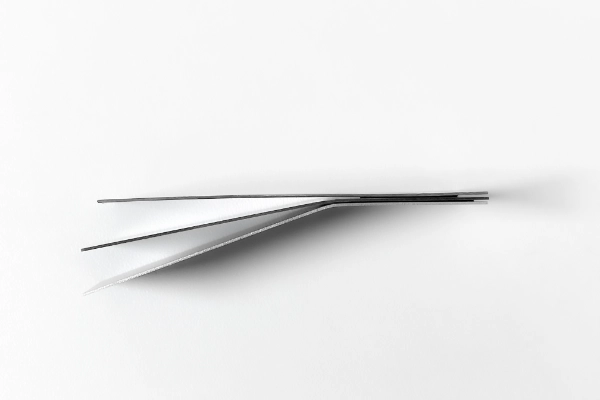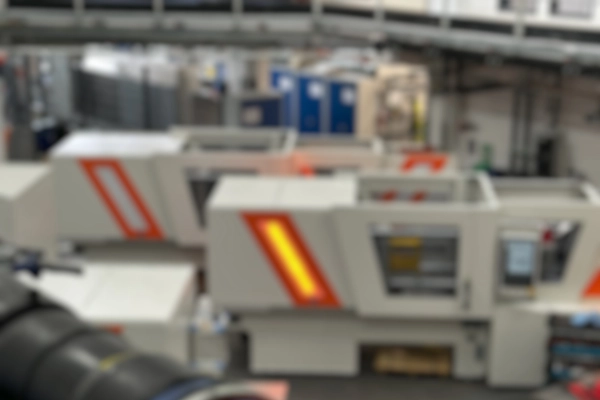Amorphous Alloys in the Field of Mobility
- Due to their high strength (1.6 GPa tensile strength) and elasticity (up to 2%), these components offer weight savings of up to 20% and can be made thinner, more filigree or smaller without losing strength.
- With high magnetic permeability and low coercive force, this material efficiently magnetizes and demagnetizes, making it ideal for applications involving magnetic fields.
- Their extreme hardness (more than 480 HV), good creep behavior and excellent corrosion resistance make amorphous metals equally suitable for applications requiring resistance to continuous loading and to localized impact.
- Our specialized expertise in amorphous injection molding ensures the consistent production of high-quality components with precise tolerances (± 10µm).
- Amorphous components achieve an excellent surface quality of 1.0 µm, which is 20 times better than parts produced by the MIM process, even without post-processing.
- Applications include decorative elements, electric motor parts, gears and drive components, haptic components, mounting elements, and suspensions.

 (3).jpg)

